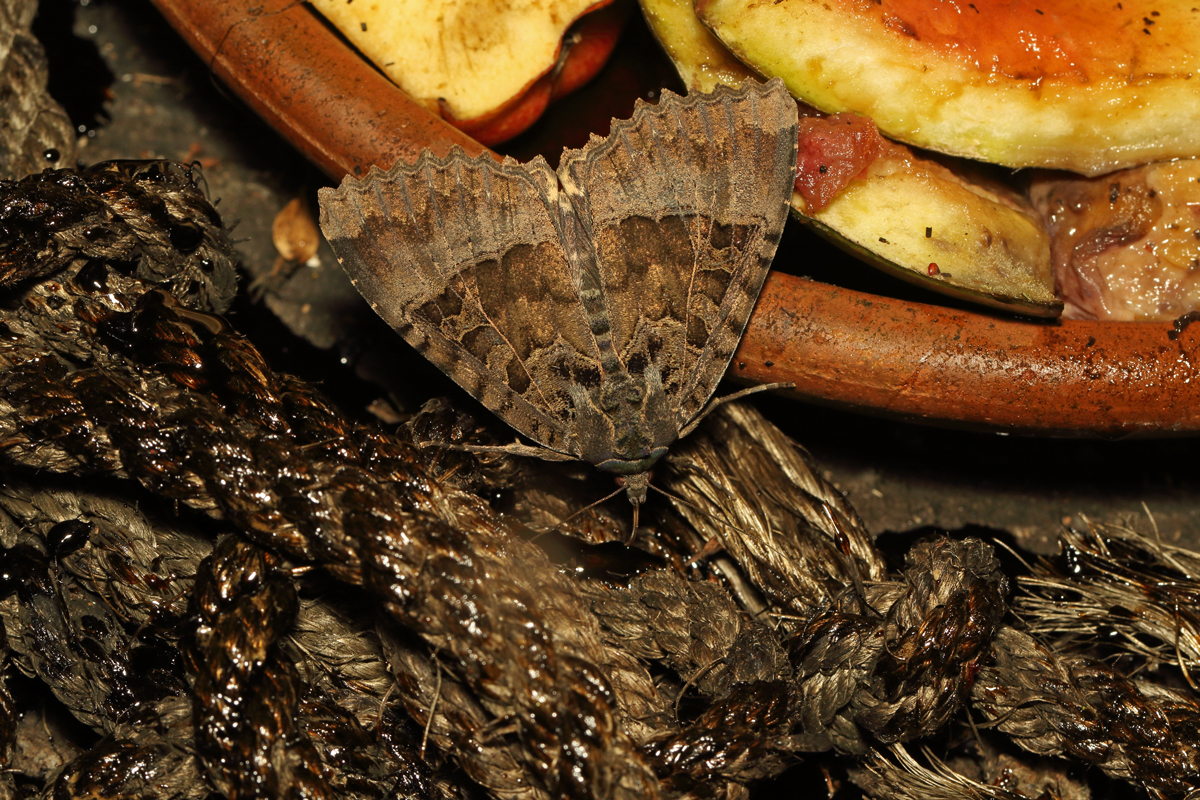Mid- summer can often appear to be a relatively quiet spell for watching
wildlife, and my lack of blog posts seems to reflect that, but that really
depends on whether you can keep an open mind to observation opportunities.
Sunday morning dawned misty after a day of showers. It was
quite warm and humid with little wind.
We decided on staying local beginning by meeting up at
Alnmouth Football Club car park at 7am. With a high tide of 4.9 mtrs peaking
at 8.15am our first stop was a wander along the cycle path to the wooden bench
seat that overlooks the Aln estuary. Although it is only July, for many wading
birds autumn has already begun. The breeding season is over and flocks of
birds begin to gather at traditional wintering spots or make short stop overs
on their way to these spots.
On the Aln, there was a nice gathering of birds roosting out
the tide, waiting until it recedes enough to allow them onto the muddy margins
to feed. There were 19 Black tailed Godwits, half of which were still in brick
russet breeding plumage, a loudly calling Greenshank from high northern
moorlands dropped in to sit with 50 more local Redshanks. Further down near
the sea, a large gathering of gulls and terns sat out on the sand bank. It was
a mixed flock of Sandwich, Arctic, Common and a brace of Roseate Terns beside
our larger gulls. While watching the birds, they all lifted in a ‘dread’ when
a female Marsh Harrier flew low overhead and away to hunt the rougher edges of
surrounding fields.
As the tide began to drop and the mist was burnt off by the sun, we changed
tack and headed off to Alnwick on a butterfly hunt.
The bridges at Denwick road and Canongate are good vantage
points to look for a newer addition to Northumberland’s butterfly fauna, the
White letter Hairstreak. At the Denwick Bridge facing the castle, one
Hairstreak was flitting around the tops of some sucker Elms just below eye
level from the high vantage point. Across the road another three were in a
territorial dispute, spiraling and spinning off the higher canopy only to drop
back again to the leafy tops.

|
|
White letter Hairstreak
|
Along at the other end of town, Canongate is usually a good stop for them but
a lot of Elms here have been chopped so we didn’t see any. Hopefully there are
still a few small trees to allow a population to breed unseen.
While here, a brave Common Sandpiper outstood passing cars and caravans and
even a pelaton of shouting cyclists from the bridge wall itself. It called a
loud piping tone to its mate on the river rocks below. As we watched a family
of fledged Kestrels called high up above us and a few tardy tropical looking
Banded Demoiselles danced along the river edges.

|
|
Common Sandpiper on Canongate Bridge
|
All to soon it was lunch time, and for us our excursion was over until next
week.
The garden moth trap has done well this past week with three species new to
VC68! On the socials you see trappers further south cock-a-hoop if the catch a
new species for the tetrad or 10km sq where they live. Up here, with few moth
traps working, it is perfectly reasonable to expects new VC or even County
species each year. Ive no idea on the 10k breakdown. Im not even sure anyone
else traps within that range! Maybe one or two?

|
|
Brown-tail . Very few county records since the influx year of
1991.
|

|
|
Hedya ochroleucana only a couple of modern Northumberland records but
historically Bolam suggested it was common along the Tweed.
|

|
|
Acrobasis repandana a rare moth in Northumberland and a first for
VC68.
|

|
|
Eudonia truncicolella another garden first . Quite a distinctive Scop.
|





























